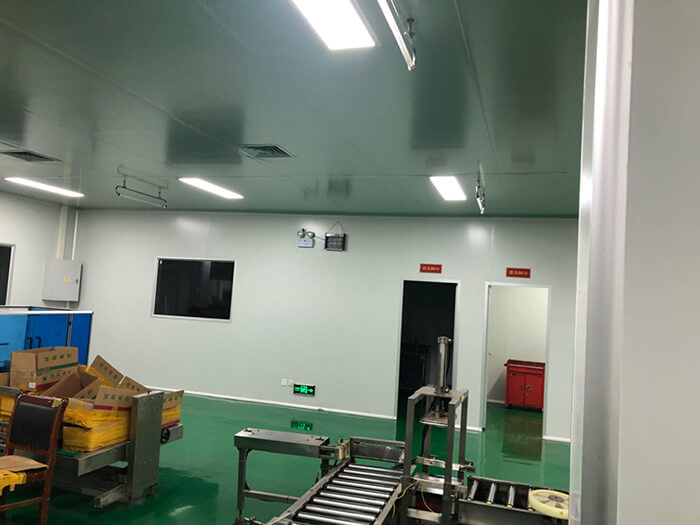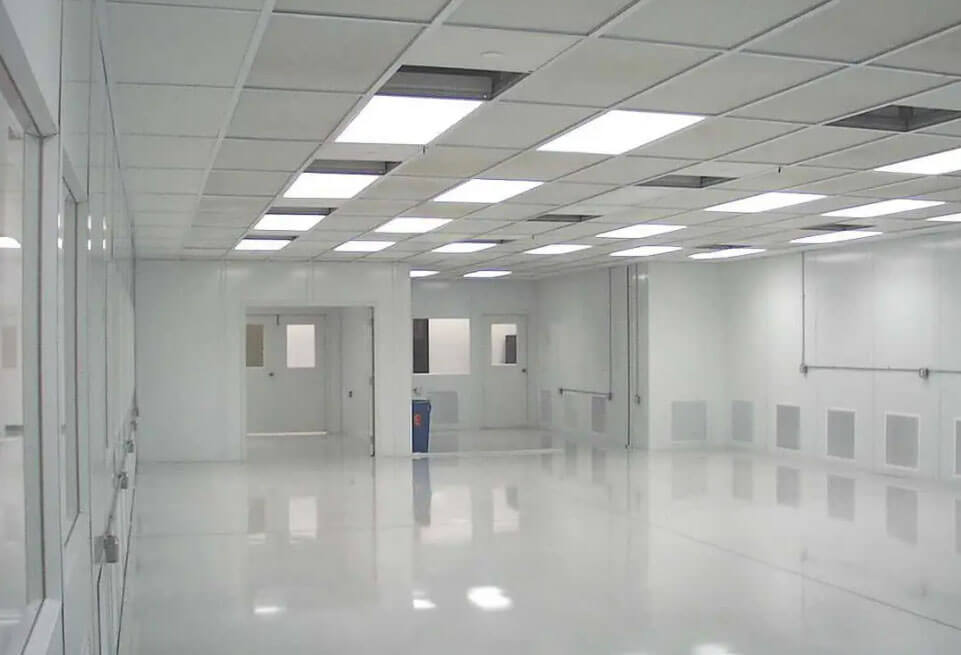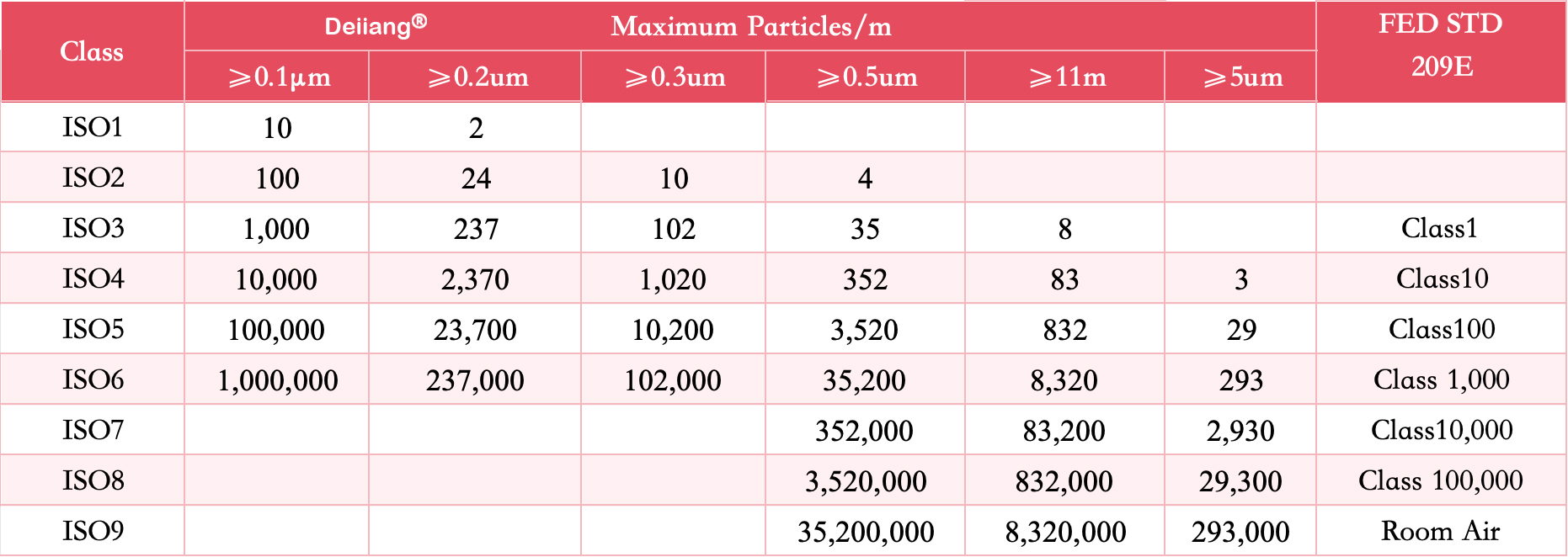Understanding the nuances between ISO 7 and ISO 8 Cleanrooms can greatly impact decision-making for businesses aiming to meet specific cleanliness requirements. These classifications, part of ISO 14644 standards, dictate the allowable particle concentration and air quality necessary for various industries, each with its unique demands.
CleanRoom Classifications Overview
cleanroom classifications define environments by particle count, with ISO 1 being the cleanest. ISO 7 and ISO 8 are more common in typical manufacturing settings. GCC®️ and Deii®️ utilize these standards to guide custom cleanroom solutions, incorporating advanced filtration systems designed by Deiiang Jason.peng to ensure compliance.
Class 8 Cleanroom
ISO 8 permits up to 3,520,000 particles per cubic meter, accommodating less stringent requirements. These environments are often used in industries where slightly higher contamination is acceptable.
Facilities for tasks like powder handling may find ISO 8 ideal, balancing cost and cleanliness.

Class 7 Cleanroom
ISO 7 is more stringent, allowing only 352,000 particles per cubic meter. This makes it suitable for sectors needing stricter control, such as specialized pharmaceutical and biotechnology processes.
Deiiang™ designs emphasize optimal airflow and precise cleanliness, vital for meeting these standards.

Key Differences
Dust Particle Differences
The primary distinction lies in particle counts. ISO 7 allows 10 times fewer particles than ISO 8. This difference requires more robust HVAC systems and filtration technology, often employed by brands like GCC®️ to maintain these environments efficiently.

Air Change Rates
ISO 7 Cleanrooms typically have 30 to 60 air changes per hour, whereas ISO 8 averages around 20. These rates ensure contaminants are swiftly removed, with Deii®️'s systems designed to maximize air purity through effective circulation.

Industry Applications
ISO 8 caters to industries with moderate sensitivity to particulate matters, such as general manufacturing. In contrast, ISO 7 supports more contamination-sensitive sectors, requiring enhanced control, provided by state-of-the-art solutions from Deiiang™.

Construction Costs
Building ISO 7 Cleanrooms demands higher capital, given the advanced systems needed to maintain lower particle counts and higher air change rates. ISO 8's more lenient requirements often result in reduced setup investment, a critical consideration in project planning.
ISO 7 vs ISO 8 Comparison Table
| Category | ISO 7 | ISO 8 |
|---|---|---|
| Particle Count (per cubic meter) | 352,000 | 3,520,000 |
| Air Changes per Hour | 30 - 60 | ~20 |
| Industry Applications | Pharmaceuticals, Biotechnology | General Manufacturing, Powder Handling |
| Construction Cost | Higher | Lower |
Conclusion
Each cleanroom classification serves specific industry needs, with ISO 7 offering stringent control and ISO 8 providing cost-effective solutions for less critical applications. By understanding these differences, companies can make informed decisions that align with their operational and compliance objectives, leveraging expertise from leaders like GCC®️ and insight from designers like Deiiang Jason.peng.
Based on ISO 14644 standards and industry applications
 +86 18186671616
+86 18186671616 Jason@cleanroomequips.com
Jason@cleanroomequips.com
 MENU
MENU



